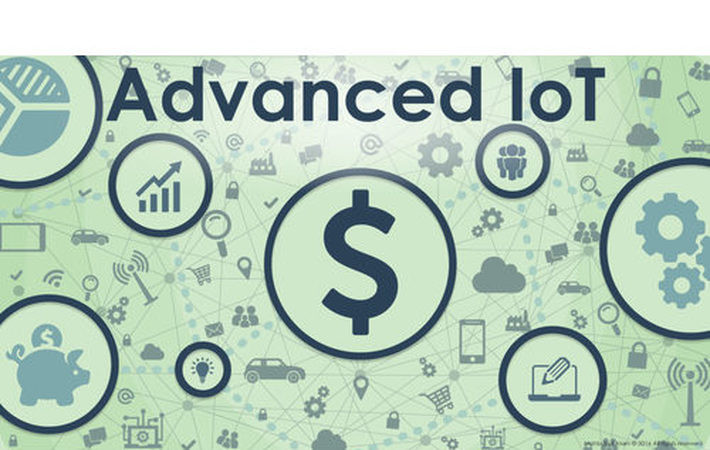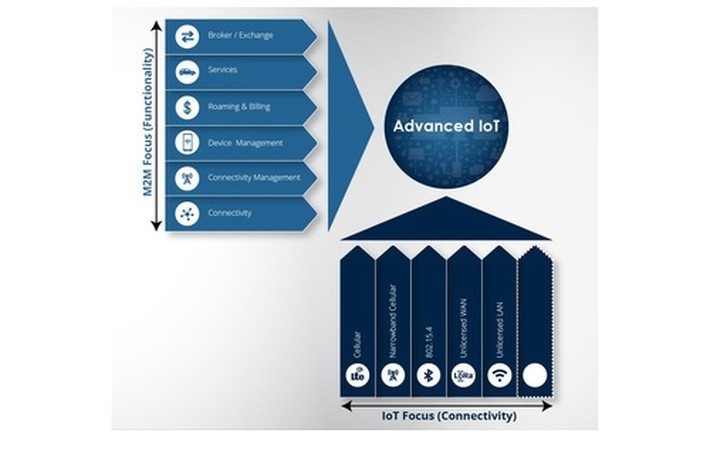
Published on 11/16/2016 | Use Cases
Recently, I co-authored a book chapter on the requirements of advanced Machine-to-Machine (M2M) and Internet of Things (IoT) for multidisciplinary applications in various verticals. This blog summarizes the main points including the fundamental differences of M2M and IoT along some of the drivers and challenges in specific verticals.
For more than a decade, M2M and IoT communications have attracted considerable attention in research communities, but only in the past few years the technologies have started to gain momentum from a commercial perspective where operators are starting to offer services within the domains of fleet management, logistics and home automation. Most of the commercial deployments have been on M2M defined as devices communicating over cellular, but the more loosely defined (and also broader) domain of IoT has started to pick up in what many are seeing as an evolution of M2M. The reasons for the pickup in momentum when it comes to commercial offerings are not so much in lack of technology, but more so on regulations, standards, cost drivers and business models. Looking at IoT as the broad extension to M2M, the figure below shows the house of IoT with some of the key components required for communication and connectivity. Communication, data processing, identification, localization and storage will be the pillars for IoT which will enable connectivity anytime anywhere. Sensors and devices including proper network planning for both critical and personal infrastructure make up the base on which the pillars of IoT will reside with everything glued together with security spanning communication and cloud along with new approaches to lightweight security on resource-constrained devices. All this is to connect things to users, businesses and to other things using a combination of wired and wireless connectivity.
For the vision of IoT to come through with billions of connected devices some innovations will be needed on the longer term including naming and addressing, device and network discovery, security and privacy with smart access control and more reliable and low-energy communication.
As I mentioned previously, there have been and still are substantial differences between M2M and IoT and the whole market is in a transition phase where the majority of the revenue allocation will shift from basic connectivity services to more advanced value-added services and applications. Conceptually the figure below shows the differences between the two.

The key differences as it stands today are functionality and, more importantly, the business value that this drives along with the scale of the deployments relating to the devices. As I mentioned, M2M has been driven from the cellular world where mobile carriers have provided both connectivity, but also increasingly targeted vertical solutions as seen from the automotive space with example fleet management or in the consumer market with home security, which does include IoT aspects for connecting in-house sensors. All of these solutions are backed with more or less solid business cases. IoT on the other hand has been missing the killer use case for years. The past years have shown us that focus have been on scale with numerous platforms that all provide the same table-stake services, but with limited vertical targeted services and applications on top. The most important missing piece in IoT has by been the lack of business cases without the connectivity revenue driver of the cellular M2M.
On the other hand, there are some very interesting trends taking place in the IoT arena including new network technologies and network consolidation, new paradigms for computing with distributed being the flavor of the year and nanotechnology and energy scavenging technologies to enable the vision of the globe dotted with sensors and devices for the betterment of humanity.
With these new technologies, there is no lack of the verticals and use cases we are already seeing or will see in the years to come. The uptake of wearables and the lowering of the barrier to integration with e.g. home automation are driving the vision of personal networks and personal area networks to finally come true. On the commercial side, there are no end to the improvements we will see in industries such as retail, healthcare, transportation, energy and manufacturing. As always, the willingness to pay is firstly been driven by the improved operational efficiency as a means to reduce bottom line and secondly by the eagerness to drive topline revenue through new and value-added services.
In conclusion, while the IoT is not a new term, the maturity of the industry and underlying technologies are enabling the full-scale commercialization driven by the market spearheaded by the need for operational excellence and improved business intelligence along with improved customer experience and new revenue streams. The strategic deployment of IoT technologies can improve asset utilization, customer service, working capital deployment, waste reduction, sustainability and many more, but we still need to see the numbers on paper turn into real green dollar bills.
Finally, I would like to thank Sachin D. Babar, Neeli R. Prasad, Rasmus H. Nielsen and K.C Chen for their support in preparing this chapter.
This article was originally posted on the author's personal blog.